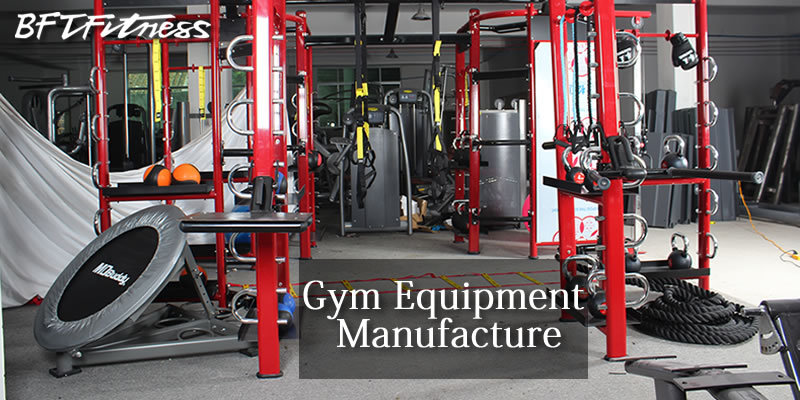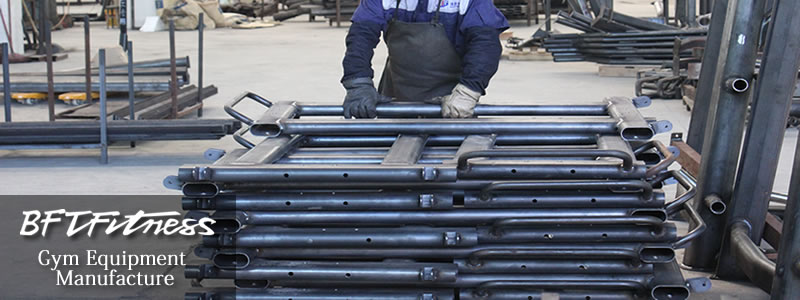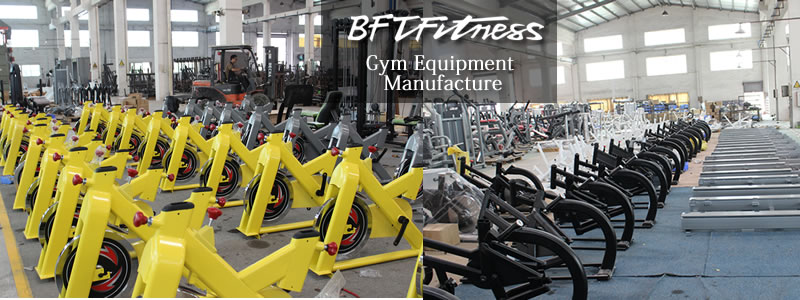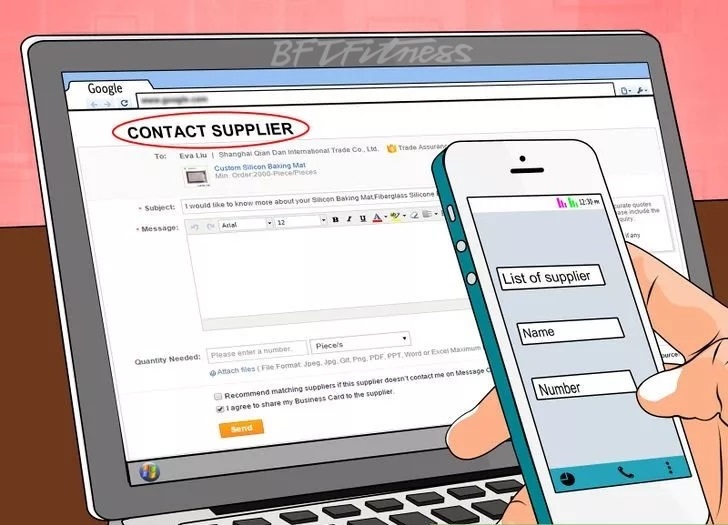Contact us
 +86 18027318690
+86 18027318690
 +86 13078842050
+86 13078842050
 admin@bft-fitness.com
admin@bft-fitness.com
 +86 020-36078553
+86 020-36078553
-
- Contact details
- Call us: +86-020-36078533 E-mail: admin@bft-fitness.com
- WhatsApp / Phone: +86 13078842050 +86 18027318690
- How to use four station Mutil Functional Trainer?
- How to use Seated Chest Press machine fitness equipment?
- There are three difficulties for doing fitness
- How Important the Fitness Equipment that I Choose to Open a Gym ?
- The Best Gym Equipment For Ladies
- How to use Seated triceps press machine?
- Bangladeshi Gym Boss in China BFT Fitness Show Room
- Where there is fitness equipment factory?
- How to Open A Gym in Yangon, Myanmar.
- How To Use BFT Fitness Biceps Curl Machine
Current Location: Home > News > >
How To Find The Best Fitness Equipment Manufacturers or Supplier
If you've been reading our previous posts on finding niche ideas and evaluating products or opening a gym, you may have started coming up with some ideas of your own. This can be an interesting time for an entrepreneur as momentum begins to build and excitement grows the more you think about your idea.

However, time and time again, many entrepreneurs find themselves hitting a brick wall and losing momentum when it comes time to actually source products. Whether it be manufacturing your own product or finding suppliers to purchase wholesale from, they aren't always easy to find.
Suppose you come up with a product idea or think you have market channels for certain products, and you want to find a supplier in China because of the low product development cost and low production cost there. If you Google the product name or concept, you will find tons of China suppliers/manufacturers. However, you still think you have not got one, because you want to find a capable and reliable one that would satisfy your specific needs and have a strong desire to do business with you. Many people get frustrated because they have been communicating with suppliers in China for months, but fail to move forward. The reason, most likely, is that they did not find the suitable one at the beginning. To successfully find a suitable China supplier, you need a strategy. This strategy will consist of awareness, knowledge and a good amount of homework. Below are some practical steps to find a suitable Chinese supplier for you.In this post, we're going to look at the basics of sourcing a supplier for your next project. We will look at some places to search, how you should approach them and what to ask.
Let’s dive in.

Try the Manufacturer First
You might as well start at the source. If you want branded items, go directly to the manufacturer of the product. They might sell to you depending on their minimum order requirements.
If you're too small for them or they only sell through established distribution channels, ask them for a list of distributors you can contact. By starting at the source (the manufacturer), you can either get the lowest prices or at least get a list of the most reputable distributors to kick off your search.
The fewer people you have to go through, the lower your cost will be, allowing you to be more competitive in the marketplace.
Domestic vs. Overseas Suppliers
A classic question when looking for suppliers if you plan to manufacture or wholesale is whether you want to source domestically or from overseas. Overseas can refer to any location overseas but usually, and for the purpose of this post, refers to Asian countries like China.
You likely already know that it’s almost always cheaper to source your products overseas but there's a lot more to that decision than just the upfront investment and cost per unit.
Both domestic and overseas sourcing have their advantages as well as disadvantages which we will take a look at below:
Domestic Sourcing
Advantages
●Easier communication with no language barrier
●Marketing appeal
●Easier to verify reputable manufacturers
●Faster shipping time
●Greater payment security and recourse
Disadvantages
●Higher manufacturing costs
●Less product choice (There are many items that just aren’t made in your country any more)
Overseas Sourcing
Advantages
●Lower manufacturing costs
●High number of manufacturers to choose from
●One-stop services like BFT Fttness have made it easy to navigate suppliers
Disadvantages
●Language and communication barrier can be difficult to navigate (Chinese or English)
●Difficulty/costly to verify manufacturer and visit on-site
●Longer shipping time
●Cultural differences in business practices
●Product importation and customs clearance
Now that you have a better idea of exactly what you're looking for, as well as the advantages and disadvantages of domestic vs. overseas sourcing, where do you begin your search? Naturally, the internet is the best place to start, but there are a few places in particular that can help with your search.

Requesting A Quote
Once you've found a suitable supplier, how do you approach them?
The biggest question you’re going to have is “how much?” but before you hastily send the supplier your request for quotation (many times referred to as a RFQ), take a few minutes to plan out what you want to say and the questions you need to ask. Planning your email will increase your chances that you will receive a response and the correct information.
Here are a few important questions to consider for your email:
What is your minimum order quantity? - Also referred to as a MOQ, you want to make sure their minimums are manageable for you and that you can afford them. This minimum order quantity can vary wildly depending on the product and the supplier so it's important to ask upfront.
What is your sample pricing? - You'll likely want samples to inspect before making a full order. Sample pricing ranges, depending on the product and supplier. Some suppliers that receive many requests may change the full retail pricing, others will offer you samples at a discounted rate, and some may even send you samples for free.
What is your production pricing? - One of the most important questions is how much your products will cost. You’ll probably wan't to ask for pricing for several quantities to get a sense of if and how they do discounted pricing at higher quantity levels.
What is your turnaround time? - Knowing how long it will take to produce your order is an important consideration and depending your exact business, time can be critical.
What are your payment terms? - Many suppliers will require new businesses to pay for the full order upfront. This is important to know since inventory is a major cost for ecommerce startups. You may want to also ask if they provide payment terms on future orders.
Suppliers get bombarded with email quote requests all the time from flaky buyers that are just ‘kicking the tires’ so it's not unusual for many suppliers not to reply to every request. A lack of supplier responsiveness is a common complaint from new ecommerce entrepreneurs.
So how do you avoid being ignored? There are a few things that you should avoid when you reach out to suppliers for the first time:
Long emails - Your first email to a manufacturer should be clear and concise. Avoid telling too much about your story and background. The first email should be purely to assess potential fit at a high level. Focus on what suppliers care about the most like the details of what you’re trying to source.
Asking for too much - Requests aren't always easy for the supplier to produce. It's important to ask for a few prices for multiple quantities, but avoid asking for too much or too many quotes. Stick to asking for what you absolutely need to assess fit between you and the supplier.
Asking for too little - If you ask for a quote well below the supplier’s minimum order you risk being met with silence. If you are unsure if your request is too small, consider giving them a quick call or send a quick one question email prior to ask what their minimum order is.
Finally, if you're contacting a supplier from overseas, keep in mind that in many cases, they may be using translating programs to translate your email as well as their reply. Keeping your emails short, concise, well formatted and spelling error free will not only help the manufacturer but it will ultimately provide you with better replies and answers. Also, when asking your questions, it's best to number your questions, so that they can easily reply to each number, keeping the questions and communication clean and organized.

Here is an example of an email I might send out:
Hi,My name is Richard and I am from XYZ company.I am interested in placing an order for Widget A. I just have a few questions beforehand:1. What is you minimum order quantity?2. What is your cost per unit at the minimum order as well as if I were to order 3x your minimum order?3. What are your payment terms for new customers?I would also like to order a sample of Widget A to verify quality. Can you please send me the cost for the sample, including shipping to:Richard Lazazzera8 XXX Avenue, Floor 2Toronto, ON, CanadaM5V 2J4Thank you,Richard
As you can see from the sample above, it's short, concise and it's goal is to make sure at a high level that there is a fit between us. I have also set myself up to immediately order a sample unit, should there be a good fit between us. Once I have received the samples and I'm happy with them, I can then start getting into more detail knowing I'm not wasting their time, or mine.
Negotiating Minimums
If you’re looking for a supplier for the first time, you're going to quickly learn about ‘Minimum Order Quantities’ (MOQ’s). It’s not uncommon for a manufacturer to require a commitment to purchase hundreds or even thousands of units for your first order depending on the product and manufacturer.
MOQ's make it difficult when you have limited funds, or simply want to play it safe by starting small to test the market before making larger purchases. The good thing is that MOQ's are almost always negotiable.
Before you begin negotiating, the first step is to understand why the supplier has imposed a minimum. Is it because there is a lot of work upfront? Or maybe it's because they prefer to work with larger buyers. Understanding the reasons behind the minimum will help you better understand their position and allow you to negotiate and propose to best counter offer.
After you have a better understanding of your suppliers position, you can offer a lower order quantity. Compromises can include giving the supplier a deposit for a larger order, but just producing small amounts at a time or paying a higher price per unit.
Have You Found Your Supply Partner?
But I have to say it does not necessarily that you have to work with a trading company. For Gym Equipment, the best way to choose Manufacturer such as BFT fitness.
With good advantage of Casting Weights but provide you with mixed fitness cargos and accept Small Order.
Save money and Save your time. BFT Fitness
If you want to buy gym equipment,you can contact us ! We are manufacturers !
Contact us now for a no obligation free quote.
Related Article



